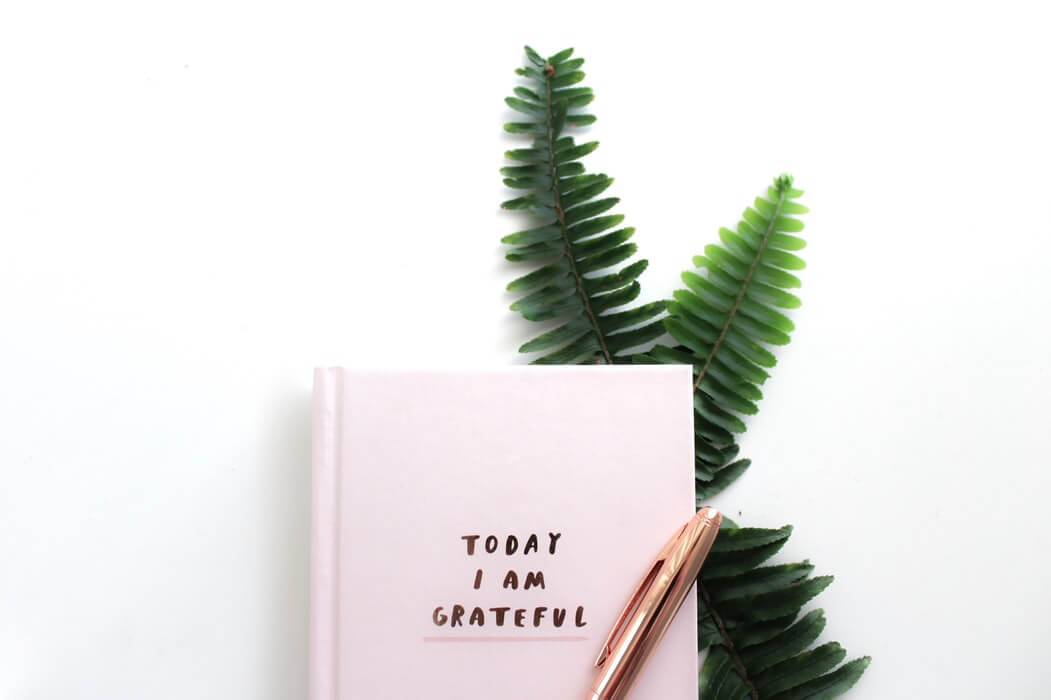During the school year, it is easy for students to get bogged down by the stress of school, sports, and home life. With so much ambiguity attached to this school year, in particular, it would be miraculous if your student never felt the weight of such turbulent times. With the added burden of remote learning and the severe lack of normal extracurricular activities, it has been challenging for many students to find a break for their newfound stress. Fortunately, the stigma surrounding mental health has more or less vanished, and it is now, not only acceptable but encouraged, to talk about how you’re doing and check in on our loved ones. If your student has responded to this year’s uncertainty with a healthy dose of pessimism, research shows a quick gratitude exercise practiced for three weeks straight is enough to make a measurable difference.
Harvard researcher and Positive Psychologist Shawn Achor outlines simple steps your student can take to make measurable progress towards optimism in his seminal work, The Happiness Advantage. According to Achor, “a decade of research proves that happiness raises nearly every business and educational outcome: raising by 37%, productivity by 31%, and accuracy on tasks by 19%, as well as a myriad of health and quality of life improvements.”
It doesn’t take a Harvard researcher to convince most people that happier students are more productive, in fact, it’s something our academic coaches have noticed for years. But after looking at the data of Achor’s research, it becomes clear that we should all make a conscious effort to be happier, not just for our productivity, but for our own well-being.
Achor suggests that people in the workplace or academic settings must first begin to realize that their own happiness is “an advantage,” in terms of success in the workplace and school. Once happiness is viewed as a tool for productivity and success, then your student will seek happiness in the present, instead of waiting for future success. Next, your student must take steps to train their brain to search for happiness by creating habits shown to increase job satisfaction. Each step is centered around the concept of gratitude. Achor lists them as follows:
- “Write down three new things you are grateful for each day;
- Write for 2 minutes a day describing one positive experience you had over the past 24 hours;
- Exercise for 10 minutes a day;
- Meditate for 2 minutes, focusing on your breath going in and out;
- Write one, quick email or text first thing in the morning thanking or praising someone”
Achor’s research has revealed that gratitude, focusing on positive experiences, exercise, meditation, and random acts of kindness each contribute to actively changing the way your students brain views schoolwork.
So, how do you apply this information from Achor’s research to your students’ lives? Start with sharing gratitude around the dinner table each evening. If your student knows he or she is expected to list three things they are grateful for at the end of each day, they’ll start to search for things to be grateful for throughout the day.





